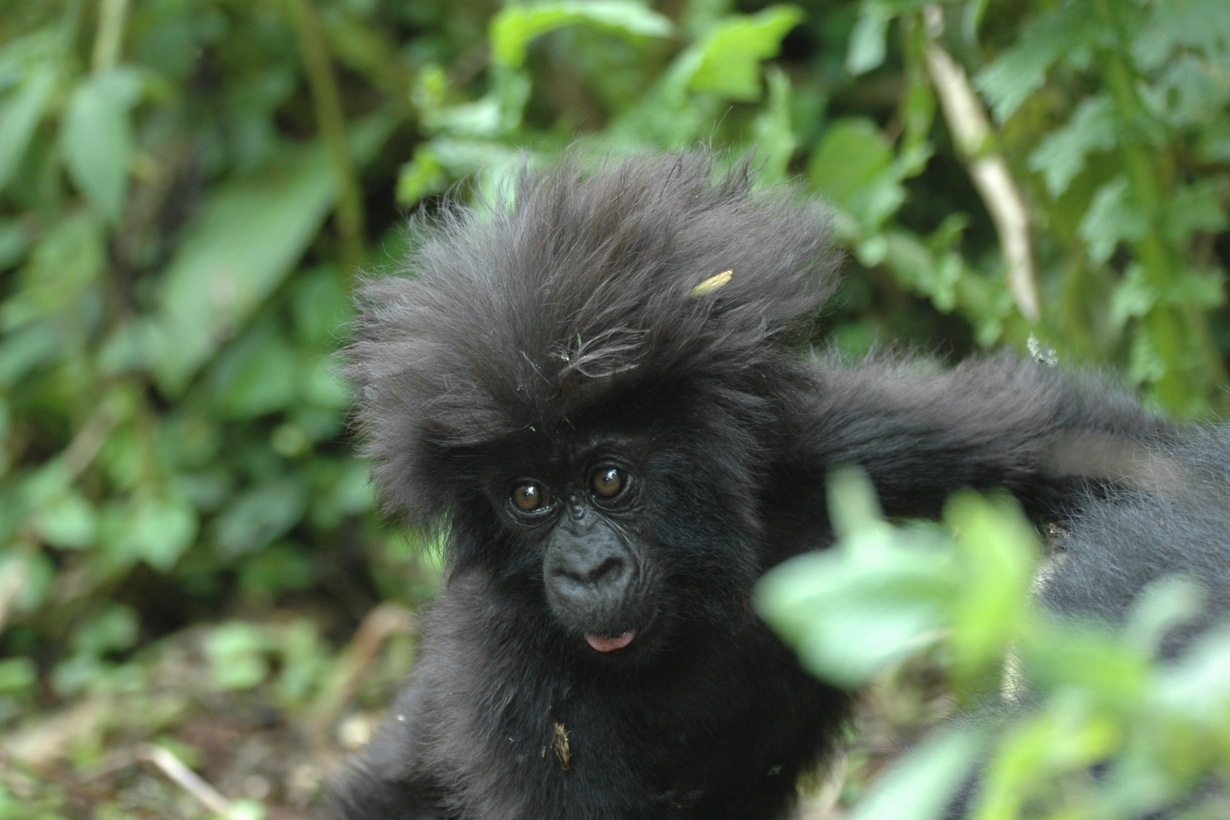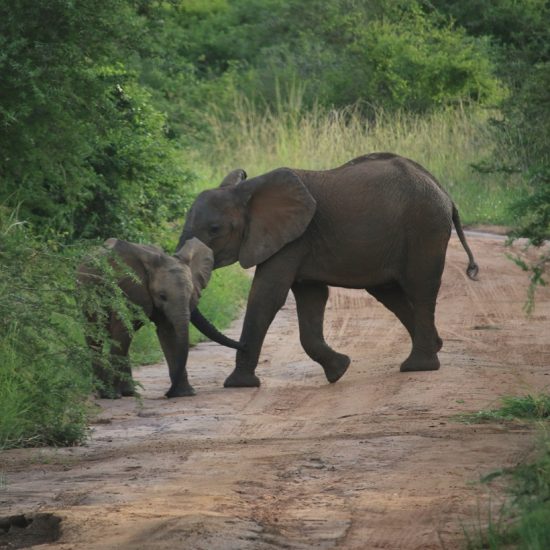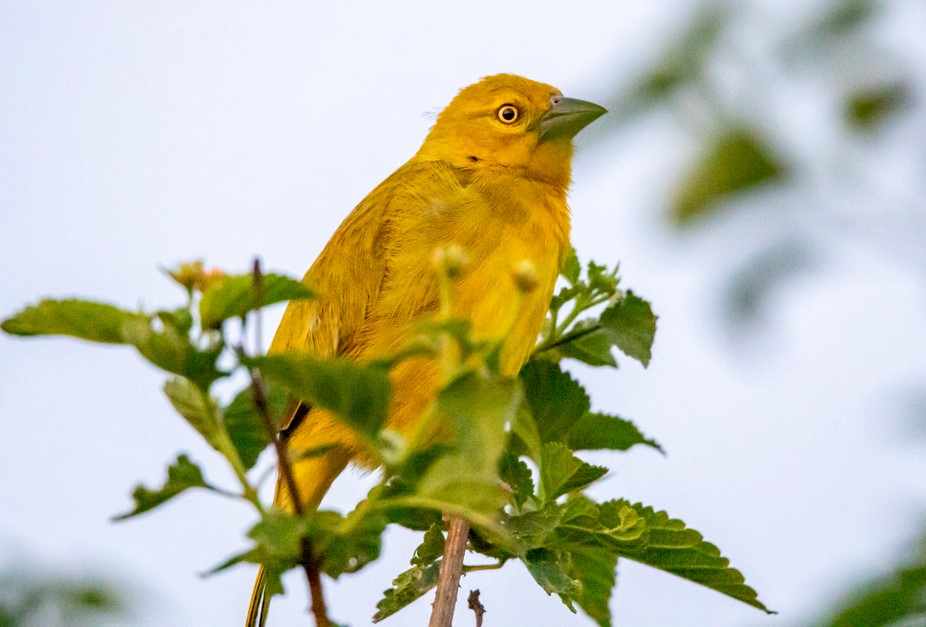
Are Gorillas Primates
Gorillas are primates with distinctive characteristics such as having more complex intelligence, grasping hands and feet, and forward-facing eyes. They belong to the apes’ group, which is more closely related to humans than monkeys due to larger bodies, no tails, and more sophisticated brains. Gorillas are herbivorous, primarily ground-dwelling in tropical forests of equatorial Africa. There are two species in the genus Gorilla: eastern and western, and four or five subspecies. Gorillas are the closest living relatives of humans after chimpanzees, with 98% of their DNA being identical to that of humans, depending on what is included. Understanding the difference between primates and gorillas is crucial for a deeper understanding of their relationship with humans.
In which family do gorillas belong
The Haplorhini suborder, which includes humans, apes, and monkeys, includes gorillas, which belong to the giant ape family, Hominidae. Gorillas are further classified into Western and Eastern gorillas. The Strepsirrhini group includes lemurs, lorises, and galagos, which are more primitive in behaviour and physical traits. All members of the Haplorhini group possess sophisticated cognitive capacities and adaptations for thriving in complex social settings, including humans, apes, and monkeys.
Gorillas are the Largest Living Primates
Imagine a creature that is taller than the tallest human, with enormous arms that are incredibly strong, but eyes that are surprisingly soft. The gorilla is a majestic animal found in the deep jungles of Africa. Gorillas are primates, after all! According to Science Direct, they belong to a class of mammals distinguished by their forward-facing eyes, gripping hands and feet, and intelligence. The largest primates on the planet are gorillas, who belong to the ape family rather than the monkey family. They usually live in troops, with a silverback serving as the leader. The darker fur colour and a few other slight morphological variations set the eastern gorilla apart from the western. In the wild, gorillas typically live 35–40 years. This article will uncover the captivating facts about these gentle giants will be revealed in this post, allowing you to understand more about these unusual animals and their natural environments.
Where do Gorillas Live- Are Gorillas Primates
Gorillas, a unique species in Sub-Saharan Africa, often inhabit tropical or subtropical forests at various elevations. They find sanctuary in the Albertine Rift’s montane misty woods in the Virunga conservation area. Western lowland gorillas are found in Central West African nations, while eastern lowland gorillas are found in the Democratic Republic of the Congo. Lowland gorillas inhabit deep forests and swamps as low as sea level. Western gorillas are found in the rainforests of Gabon, Cameroon, and the Republic of Congo. Unfortunately, human activities like agriculture and deforestation are causing habitats to diminish, leading to the endangered status of many gorilla populations.
What Are Primates
Primates are a group of mammals, including humans, apes, tarsiers, lemurs, and monkeys, known for their unique characteristics such as large brains, gripping hands, and forward-facing eyes. They are classified as mammals due to their hair or fur, giving birth to live offspring, and nursing their infants. Primates have opposable thumbs and flexible fingers, allowing them to grasp food, tools, and branches. Their forward-facing eyes improve depth perception, making them useful for determining distances. Primates have larger, more sophisticated brains compared to other mammals, supporting their sophisticated social lives, problem-solving skills, and high level of intelligence.
Other primates
Monkeys are diverse primates recognized for their long tails, cheerful nature, and grasping hands and feet. They possess forward-facing eyes and relatively large brains, similar to other primates. Great apes, including chimpanzees, bonobos, and orangutans, share close genetic ties with humans, exhibiting big brains, complex social behaviours, and tool use. Remarkably, humans are also classified as primates, characterized by their unique features. In West Africa, gorillas inhabit woodlands, with two subspecies: the critically endangered Cross River gorilla and the more commonly seen Western lowland gorilla. Despite their strength, gorillas primarily consume a vegetarian diet, mainly of leaves and fruit, with occasional insects.
Characteristics of Primates that define gorillas as primates
Big Brains
Unlike chimpanzees, gorillas have relatively large brains in relation to their body shapes, which is one of the key characteristics of these relatively intelligent primates, particularly the apes. Their intelligence ability lets them find answers to their societal difficulties, such as looking for food and water using their binoculars, vision, and tools, as well as communicating through vocalization and their dexterous long arms, among other things.
Social Structures
Like other primates, these apes create close-knit family clusters under the leadership of the silverback, an alpha male. Primate species share this social structure, and both bondage and social structure are crucial for both reproduction and survival.
Highly developed Vision- Are Gorillas Primates
The apes’ forward-facing eyes give them great vision, and they share more than 98% of their DNA with humans. This gives them a wider field of vision, which helps them perceive far-off objects in their environment, particularly while they are climbing trees or navigating through dense vegetation in search of food, among other situations.
Nature of their Thumbs
One of the main characteristics that distinguishes gorillas from other mammals is their remarkable thumbs with clenched fists, which allow them to grasp objects precisely and precisely when they are climbing and grasping trees and branches, feeding, communicating, caring for and carrying their young, and many other situations.
Flexibility
Gorillas are known for their high levels of flexibility, which are demonstrated by their athletic bodies that enable them to climb trees, walk on their knuckles, and use their powerful and dexterous arms for fighting, clapping, beating their chests, breaking tree branches, and building their nests—which are always made of leaves.
Communication
Gorillas have a classical unique and sophisticated method of passing on information through multiple vocalisation modes, facial expressions, gestures with fingers and many more. All of these facilitate communication in their daily lives, particularly when they are tackling problems like danger situations, threats from the inside and outside, and other situations.
Use of tools
Due to their intelligence levels, gorillas on several occasions are observed executing certain tasks using tools such as sticks. This habit is common among primates, particularly apes like gorillas and chimpanzees, because they always use sticks to dig holes by scooping out soil in search for water and also determine the depth of water levels, especially during water scarcity.
Why are gorillas not monkeys
Why gorillas are categorised as primates but not as monkeys is a question that many nature and primate enthusiasts frequently have. Both monkeys and gorillas (apes) are distinguished from one another by this obvious distinction within the broader primate taxonomy. Although they both share morphological traits with primates and other mammals, as will be covered below, their genetic compositions slightly differ.
Social Structure
Gorillas have more complex and stable social structures than monkeys, with a dominating leader (the silverback) who upholds unity and provides protection for the community. Unlike many primates, who live in loosely organised social groups, gorillas live in family groups that are more like to human social structures.
Big brains and advanced intelligence
Like other apes such as chimpanzees and orangutans, gorillas are more intelligent than monkeys; this is because they have larger brains and more balanced body shapes, which allow them to perform specific tasks as efficiently as possible, including everyday social tasks and problem-solving skills.
Has no tail
One of the most physical qualities that differentiates apes from monkeys is that apes have no tails, including gorillas, although most monkeys do. This remarkable anatomical contrast assists in giving you a clear observation that separates these two animals.
Strength
Gorillas have larger chests and are stronger than monkeys. Alpha males that reach adulthood, referred to as silver backs, can weigh 180 kg or more. This is higher than the majority of monkey species. Their physical power surpasses that of monkeys, allowing them to perform actions requiring strength and accomplishment as well as lift big objects.
Threats- Are Gorillas Primates
The estimated number of eastern and western gorillas in the wild is 5,000 and 316,000, respectively. With the exception of the mountain gorilla, which is listed as Endangered, all subspecies are listed as Critically Endangered by the IUCN, which has listed both species as Critically Endangered. Numerous factors, including diseases, habitat loss, and poaching, pose a threat to the species’ continued existence. Nonetheless, there are certain places where conservation efforts have been successful.
Conclusively, gorillas are primates because they have all the physical and general attributes of primates, including large, complex brains, forward-facing eyes, and grasping hands, in addition to all the traits of mammals. Their group is very distinct, nevertheless, because great apes are entirely distinct from other primates, including monkeys, in terms of behaviour, morphology, and intelligence. It is also important to remember that while both gorillas and monkeys belong to the greater primate family, gorillas are far more closely related to other great apes than other primates because they share 98% of their DNA with humans.







